Mehen: The Ancient Egyptian Board Game That Was Definitely Made Up By Ten Year Olds
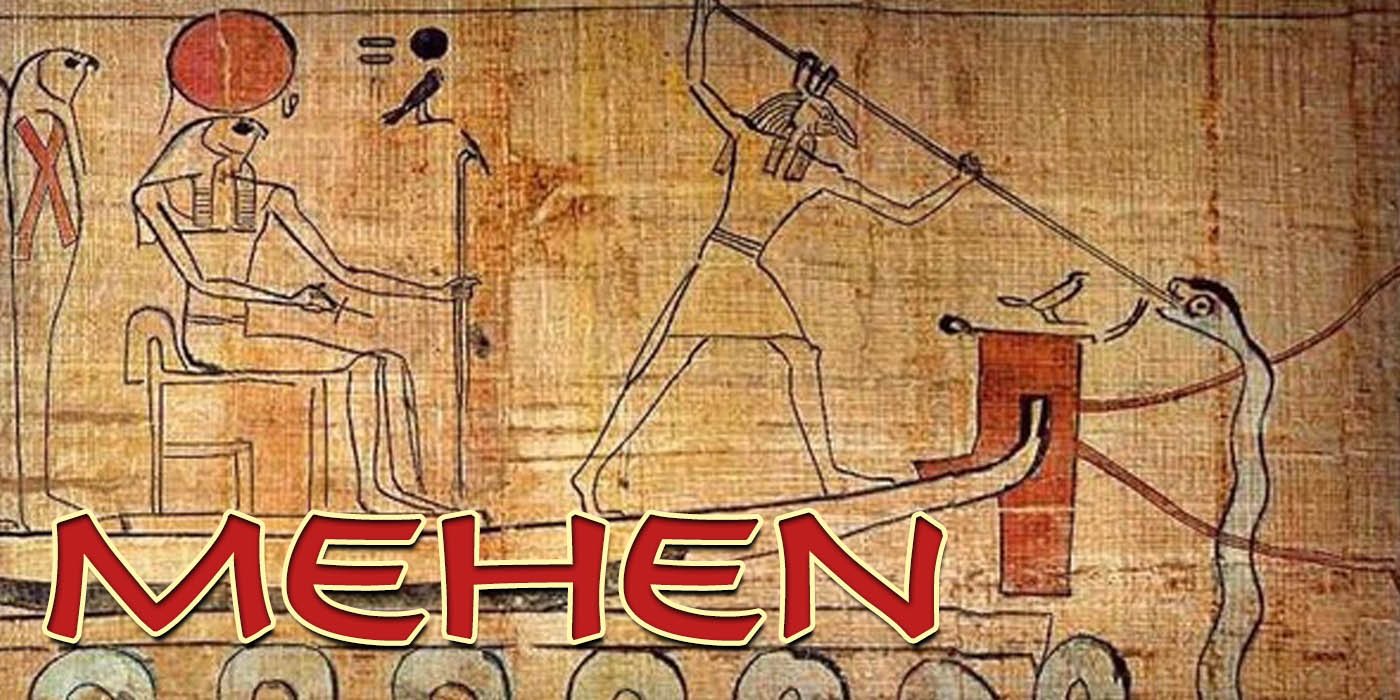

Remember making up games as a kid? The rules started simple, but then everyone kept adding new rules until the game made no sense? That’s Mehen.
Welcome, once again to another ancient board game review! We’ve done a couple of these now and are building up quite the library.
- Senet: Arguably the first board game ever
- Hnefatafl: The game of the Vikings
- Patolli: Montezuma’s favorite board game
Today we continue with what was apparently the nerdiest ancient culture ever, the Egyptians.
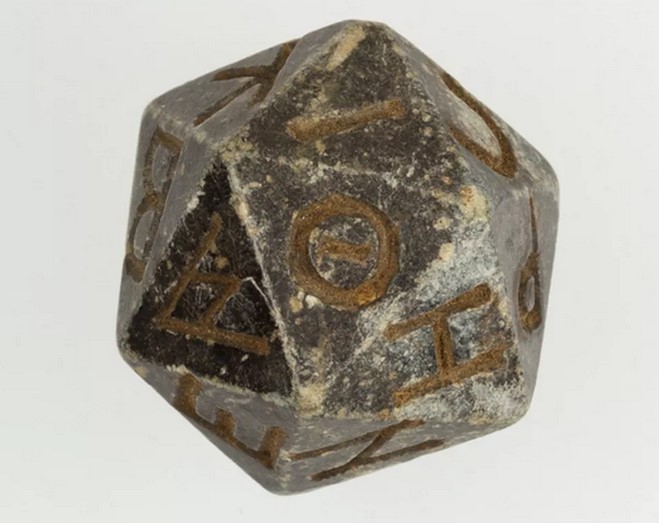 This d20 is from the Ptolemaic dynasty somewhere between 340 and 30 BC
This d20 is from the Ptolemaic dynasty somewhere between 340 and 30 BC
A Little Bit of Actual Science
Okay, so you know how every day at sundown, the sun climbs into that wooden boat and then there’s always that giant snake that coils around it to protect it from the hypnotic gaze of the embodiment of chaos during the night? Right? You know?
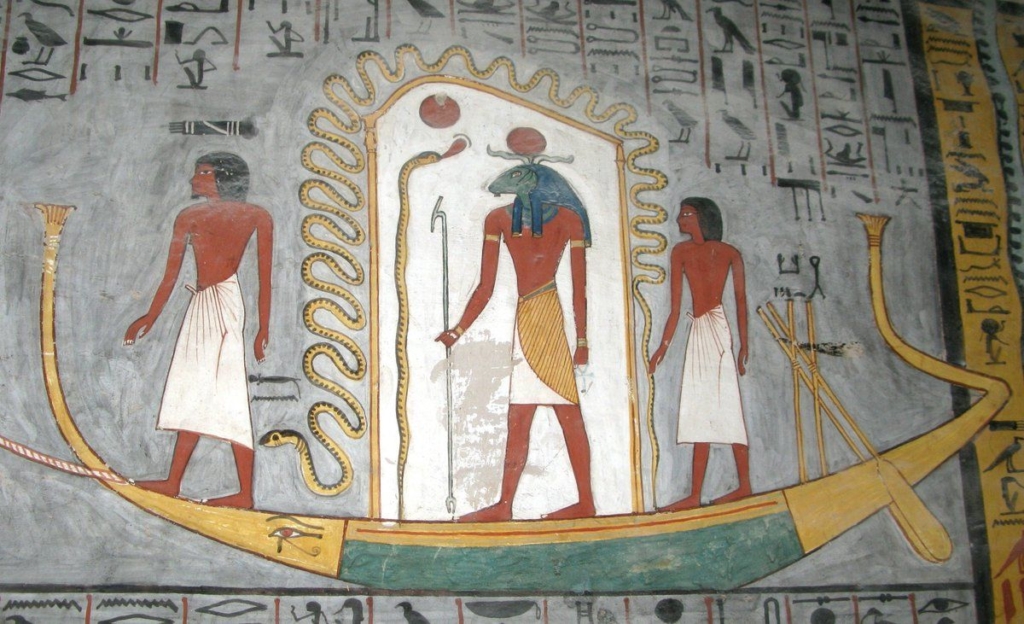 If you’re the sort of person who doesn’t appreciate the majesty of nature, this depiction from the tomb of Ramesses I should suffice.
If you’re the sort of person who doesn’t appreciate the majesty of nature, this depiction from the tomb of Ramesses I should suffice.
Well, that’s how it works. The sheeple at NASA want you to believe it’s something about gravity or something. I don’t know. But, if that were true, who protects the sun when it’s traveling through the underworld?
Anyway, that coiling snake is named Mehen and is the namesake of today’s board game feature. Each night as Ra climbs into his boat, he sails to the underworld, just to hang out as a ram for a while, like you do. But that jerk Apophis is always trying to eat Ra, but Mehen is like, “No way, bro. I gotta this sun-turned-ram back to the sky goddess, Nut, over in the eastern sky so she can rebirth Ra back into the sun, or else the all life will end.” Apophis is always pretty salty about it, but he sucks so whatever.
So Mehen is super important. And like with any good famous celebrity, he got his own board game.
 Where else but BoLS are you gonna find links between MC Hammer and Egyptian snake-gods?
Where else but BoLS are you gonna find links between MC Hammer and Egyptian snake-gods?
Little bit of History
Evidence of Mehen (the game, not the super rad sun-protector; we’re done talking about him) has been found dating as far back as 3000 BCE and as late as the end of the Old Kingdom (2300 BCE). Most of the physical boards we have today date from mostly that period as well. An images appear in the tomb of Hesy-Re as well in in scenes from the Fifth and Sixth Dynasties, until about 2100 BC. The game kinda disappears during the Middle Kingdom (2050 BC – 1710 BC) and New Kingdom (1550 BC – 1070 BC). But then, like any good retro game, it shows back up around 700 BC, because as wiki puts it, “the tomb decorations are copied from Old Kingdom originals.” Kinda like how 90s fashions are coming back now.
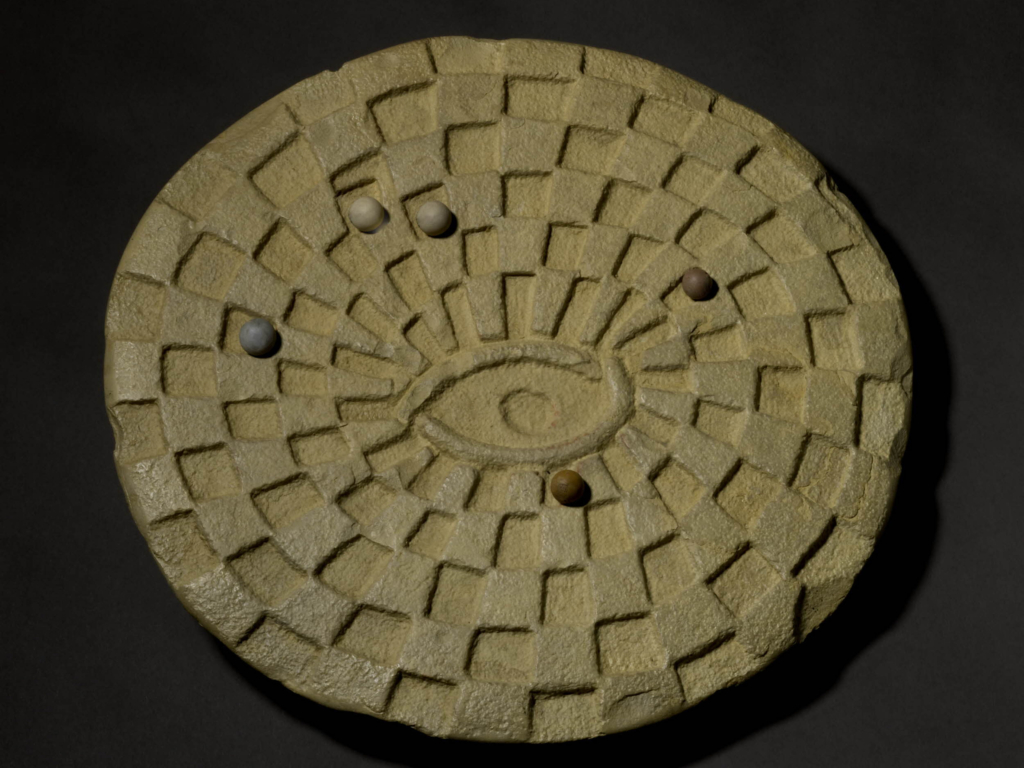 OMG! That First Dynasty style is SO in right now!
OMG! That First Dynasty style is SO in right now!
Gameplay
This is where things get dicey. On the surface, Mehen looks simple enough.
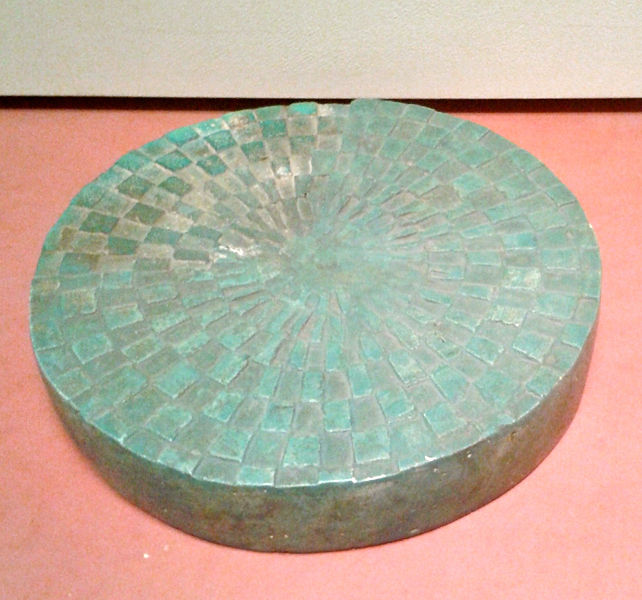 Mehen game board from Peribsen’s tomb in Abydos (around 2740 BC), on display at the Louvre.
Mehen game board from Peribsen’s tomb in Abydos (around 2740 BC), on display at the Louvre.
Here’s the thing. We have no idea how this game works.
Archeologists have found boards coming with 3 pieces in the shape of a lion, 3 pieces in the shape of a lioness and 6 sets of differently colored marbles – 6 of each color. Still, there is some generally accepted theories that it was a race game. The board is designed as a spiral. It’s believed the game was representative of the trip Mehen and Ra made to the underworld and back each day. So most scholars agree the players moved from the outside of the spiral inwards, then back outwards.
Simple enough, right? That would be. But some people believe the rules get a little more … … detailed than that.
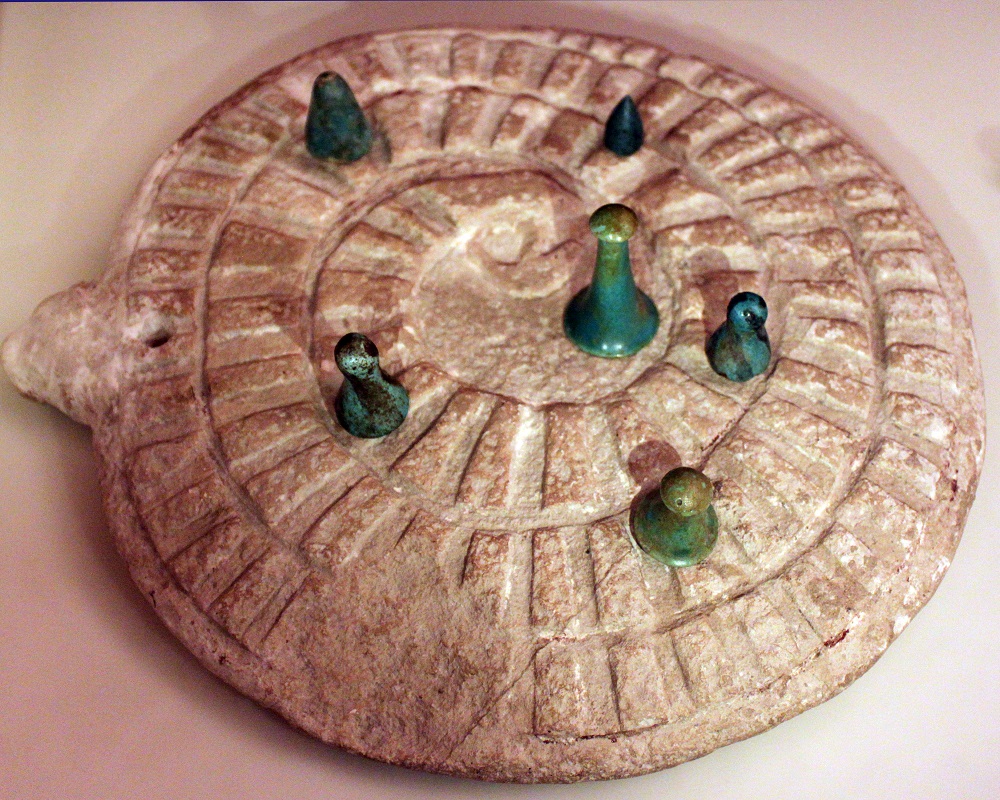 These game pieces from Abydos, Egypt, 3000 BCE looks just like lions
These game pieces from Abydos, Egypt, 3000 BCE looks just like lions
You remember being ten years old, making up games with your friends? “First one to run to the tree and back wins!” But then there was that one kid who would always add on “Oh! What if, after you get back, you have to spin around 5 times and jump to reach the lowest branch?” then everyone just goes along with it. That’s how the rules of Mehen feel. I’m going to run you through the rules of Mehen, as they are mostly accepted today.
Tell me where I lose you.
Mehen uses double-sided throwing sticks to determine movement. However, all pieces start off the board. By rolling a 1, players earn a Sheniat, which can be spent to place a token on the board. From then on, during their turn, players keep throwing until the throw a 2, making note of all their throws. Once they throw a 2, they can use any of their throws, in any order. Any unused throws carry over to the next turn.
The center space, which represents Ra, must be entered by exact throw. Although players can spend Sheniats to move an extra space. Once in the center, the piece begins journey outwards. However, 4 Sheniats must be spent to exit the center space.
A player has 6 pieces they must move through the whole journey. The first player to complete that becomes ‘The Destroying Arm of Mehen’. They must make the trip again, this time with a lion piece. Still though, it costs 2 Sheniats to enter a lion piece from off the board. From this point on, any throws to move the lion are counted as double.
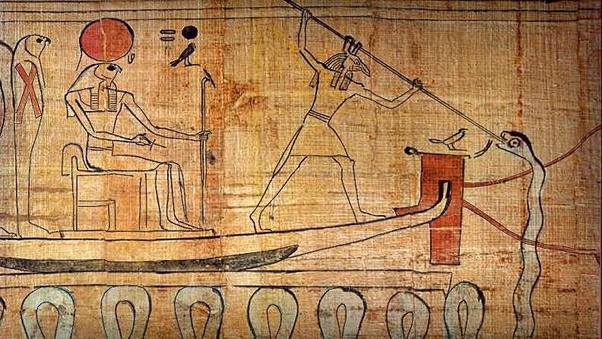 If we’re being perfectly honest, seems like Set does most of the work, but Mehen gets all the credit.
If we’re being perfectly honest, seems like Set does most of the work, but Mehen gets all the credit.
Once the lion piece has entered the center space, it costs 10 Sheniats to leave. But now any piece the Destroying Arm of Mehen catches is eaten and removed. This has absolutely no real game effect except for determining who did the best at losing the most.
Whichever player became the Destroying Arm of Mehen wins the most. Any players which were able to get all of their pieces off the board don’t lose, but they didn’t really win either. Any player who had any pieces eaten by the Destroying Arm of Mehen definitely lose and whoever had the most pieces eaten loses the most.
Final Thoughts
I don’t know who came up with these rules. But each and every rule just has that extra bit added into it making it just a little more complicated. No rule is just a rule. It’s the rule plus “also this happens if you do this” and “also you can do this if that happens”.
Maybe it’s just me, but I’m envisioning the rules for this game were either developed by a bunch of kids or by a bunch of Egyptology scholars sitting around getting drunk and pretending they have any idea how this game works.
Games of Mehen could last for hours.
How long do you think you could play without trying to sneak in a new rule and hope no one noticed?


